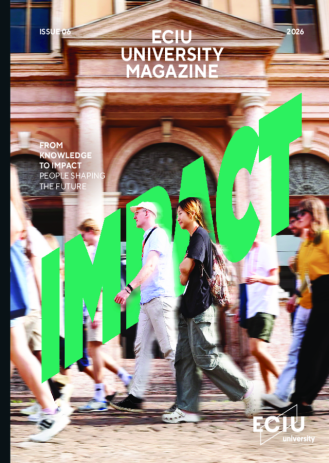In 2000, Elsevier and UKB signed a remarkable contract. Until the year 2005, the libraries had to pay five percent more subscription fees per year, but in return they got access to all the magazines Elsevier publishes electronically. Until then, libraries had subscribed to only four hundred magazines. The agreement meant a significant expansion of the amount of available information, which was a direct result of Elsevier's increase in resources.
The agreement was effective. In 2001, scientists downloaded a million articles published by Elsevier. This year, that number is estimated to be four million, so the libraries consider the deal a great success.
The 2000 deal was made in order to break the vicious circle that publisher and universities had been trapped in: the publisher raised its prices, the universities cancelled several subscriptions making the publisher raising its prices again.
For the next three years, the subscription fees will remain the same. The five percent annual increase only applies if a university still wants to keep all magazines.
Two weeks ago, a number of alarming articles were published in NRC Handelsblad concerning the cancellation of magazine subscriptions. Both Elsevier and UKB were unhappy about those articles. `The titles that we give up make up only ten percent of the total use', explains Nol Verhagen, a negotiator for UKB. `We know exactly which part of the two thousand magazines are used by the universities because we know which articles are downloaded by scientists. A loss of ten percent is not much and we save a lot of money. We are also negotiating a pay per view contract for magazines that are not included in the agreement.'
The magazines cost about seven to eight million euros for all libraries combined. Not every university pays as much as others because a small university may not need as many articles as a large one.
All the same, many scientists consider the price of scientific magazines too high. After all, they write the articles, do peer reviews, and then they still must pay high subscription fees.
Pim Levelt, president of the Royal Dutch Academy of Sciences (KNAW), said last year that scientists have themselves to blame. He thinks they should only publish in freely accessible electronic magazines. The problem remains the high standing of Elsevier magazines. Someone who publishes in The Lancet appears to be a better scientist than someone who publishes his articles in a modest but idealistic corner of the internet.
Trans. Jeroen Latour







